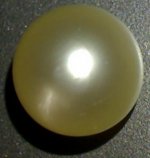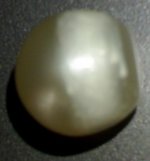- Joined
- Jun 11, 2004
- Messages
- 174
Christie's Jewellery auctions held in Europe this last November featured strands and lots of rare natural pearls.
One notable piece, fetching the highest price ever for a piece of pearl jewelry, was a double strand measuring 8.5-16.3mm. The strand was composed of 88 pearls, and sold for a record $3.12 million at an auction held in Geneva. The strand was silver/white with rose overtones and good luster.
Although the actual origin of the natural pearls is unknown, the pearls are most likely from the Basrah region in the Persian Gulf, as this area has historically produced the largest natural pearls.
Another auction, this one held in London, featured a single lot of 30 pearls. This same auction also featured an 18th century double-strand necklace which sold for $303,034, and an antique pendant with a natural pearl measuring 257.41 grains. The single pendant sold for $282,090.
One notable piece, fetching the highest price ever for a piece of pearl jewelry, was a double strand measuring 8.5-16.3mm. The strand was composed of 88 pearls, and sold for a record $3.12 million at an auction held in Geneva. The strand was silver/white with rose overtones and good luster.
Although the actual origin of the natural pearls is unknown, the pearls are most likely from the Basrah region in the Persian Gulf, as this area has historically produced the largest natural pearls.
Another auction, this one held in London, featured a single lot of 30 pearls. This same auction also featured an 18th century double-strand necklace which sold for $303,034, and an antique pendant with a natural pearl measuring 257.41 grains. The single pendant sold for $282,090.
Last edited:


